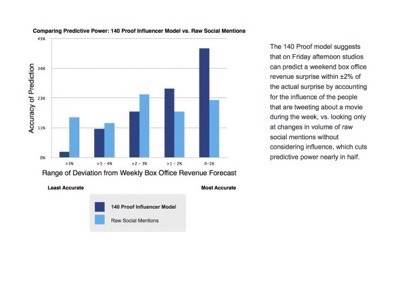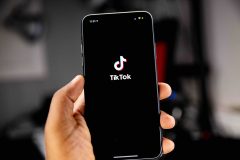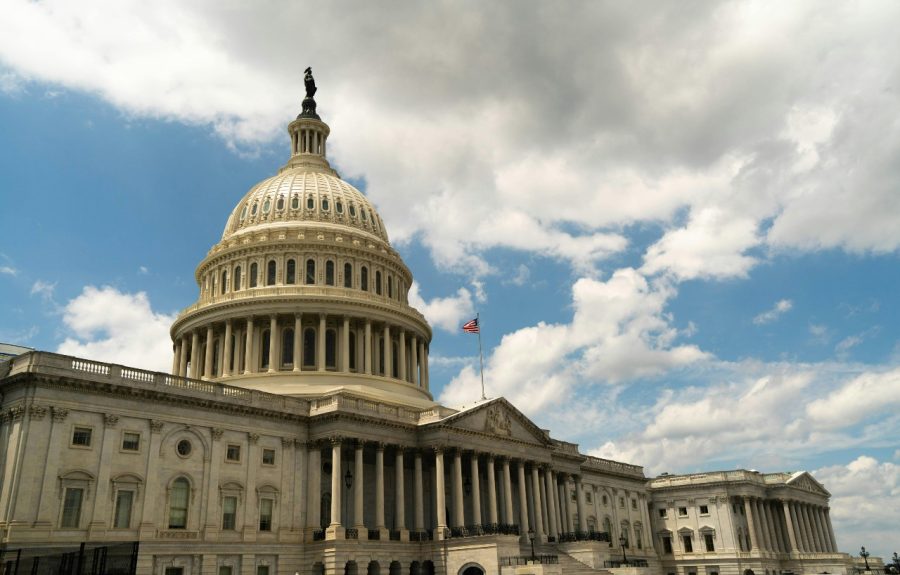
Most film studios operate under the assumption that the more buzz and positive sentiment a movie has on Twitter, the better the movie will perform at the box office. It ain’t necessarily so…
Instead, it’s quality over quantity. Or maybe, influencers over volume. That is the basic formula for determining what works when it comes to whether or not the number of tweets equals movie ticket sales.
As studios fork over big money for their end-of-year Oscar runs and social media campaigns, new research by the social advertising company 140 Proof is threatening to poke a gaping hole in those marketing plans.
140 Proof looked at 25 major Hollywood films released in 2012, compiling data on each movie’s social media activity (mentions and hashtags) two weeks before, and two weeks after the release. It found that the number of overall Twitter mentions is a poor predictor of box office sales (unlike tweet volume and Television ratings). What did correlate to box office success was the number of tweets from influential tastemakers – those films had greater potential for positive revenue. In other words, just creating more overall tweets can be ineffective in getting people into theatres, unless those tweets come from people whose voices have weight.
Based on these findings, 140 Proof has partnered with Sony Pictures, Universal, AMC and HBO to analyze and forecast anticipated ticket sales and reach targeted audiences through social ads.
Not All Movie Lovers Are Created Equal
Jon Elvekrog, the chief executive of 140 Proof, says what’s really going on here is movie marketers employing the same tactics on Twitter that they’ve been using for online advertising: Aiming for reach instead of engaging with key influencers. His model turns that around. “For studios that are looking at social, it comes down to making sure your efforts reach tastemakers, whether that’s through influencer programs or using targeted social ads.”
“Driving ticket sales is direct advertising,” Elvekrog said. “While movies typically aim for mass market appeal, the findings in our data showed that if you get specific influencers to talk about the movie, that conversation has more bearing on ticket sales than a massive volume of conversation from the broader market.”
Suranga Chandratillake, the founder and chief strategy officer at video search engine blinkx, thinks this model works – based on his own analysis of how blinkx monitors social channels.
“You can look at all tweets to know if your marketing is working, and you can look at influencer tweets to know if your product is working,” he said. “

Movie Marketing Is Different
So is this model specifically suited to work for films, and just on Twitter, or is there a larger message here?
Elvekrog says the tactics used for deciphering film may not be as effective for traditional marketing, but it’s a field he admits his data hasn’t focused on. Instead, he thinks the model would be perfect for predicting sales of retail items. And he thinks predicting the success of television content would fall into the same category as films (although data from Nielsen suggests that television success is more volume based, perhaps because most of it is free). A more likely use of his model is a direct link between reaching influencers to drive consumer sales, rather than increasing overall visibility.
“The tactics and approach that may work for a typical marketer, like Coke or GM to raise brand visibility, is proving not to be as effective for movie studios who need to get people to take an immediate action: Buy movie tickets,” Elvekrog said. “Product release: Games, autos, consumer goods, we see the phenomenon being particularly transferable to any event-based promotion where you’re working within a specific timeframe,” he said.
Managing The Hype Cycle
Kelly Lux, a social media strategist at Syracuse University’s iSchool agrees that model can work for retail. But she warns that an important determining factor for success is a less controllable variable, consumer sentiment, which can make or break sales.
“This is transferable on a smaller scale to any kind of product launch that you can create hype around,” Lux said. “Sentiment is what’s important, and that can be much more difficult to parse out… Once the product lands in consumer hands it’s much more difficult for the brand to direct the sentiment the way they want.”
Chandratillake also supported this reasoning and the predictive potential of influential tweets.
“Whether you can apply this method to other industries, I think the answer is absolutely yes,” he said. “Adoption, i.e. actual purchases or actions, a bit like the box office numbers, correlate best to tweet volume by influencers, while buzz, i.e. people being aware of the product or campaign, correlate quite well to tweet mentions in general. “
Leveraging Twitter
Elvekrog says the key to making Twitter work to drive sales is getting marketers to target the right people to help make the product known. His tip: Use the tools social-media offers.
“Awareness is huge for marketers, especially those tasked with cultivating a long-lasting brand,” he said. “Social is amazing for brand awareness, particularly when you’re incorporating social data such as Likes, Pins and Twitter followers to deliver a brand message.”
On the horizon, there’s been a lot of talk about using Twitter for stock picking. Small businesses are already doing it, so why not Wall St. firms? ETF Trends reports that investors are turning to social media over traditional news and the largest firms are working to create meaningful online relationships and communities. That could open opportunities for sentiment and analysis companies such as Boston-based Crimson Hexagon, and Indianapolis’ Fizziology.
But according to Elvekrog, it’s not the same: “This could be because stock trading seems like it is sentiment driven when it is actually more fact driven,” Elvekrog said. “Or perhaps it is just because consumer sentiment and investing don’t have strong correlations. However, as the findings of our analysis show, consumer sentiment and consumer product acceptance are clearly correlated.”
Photo courtesy of Shutterstock.










